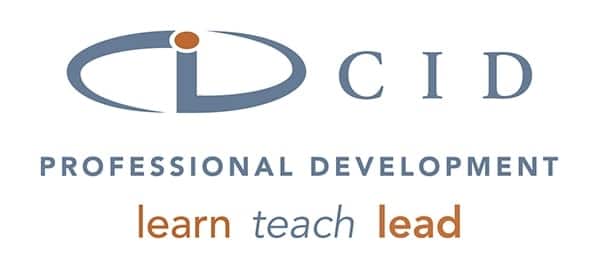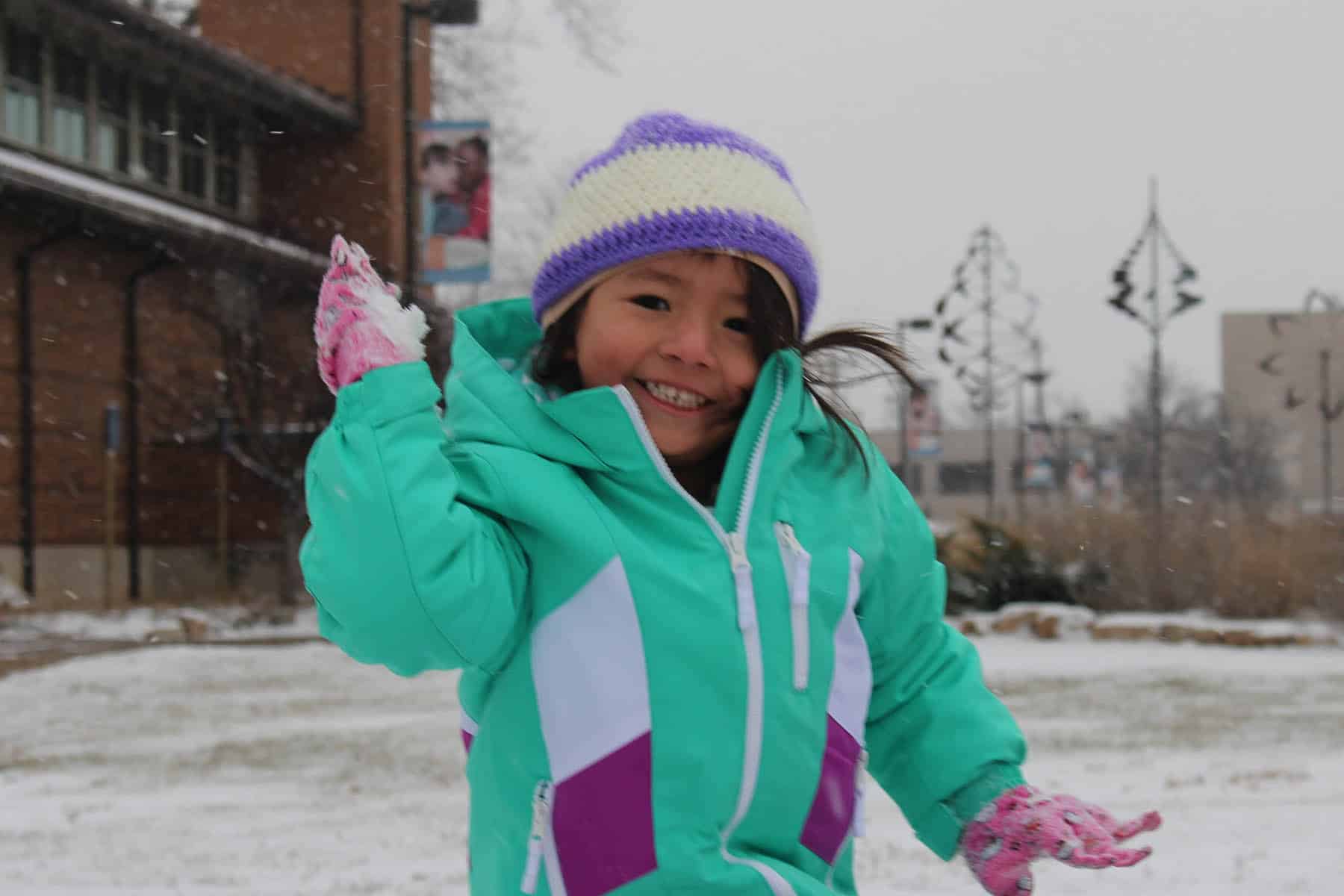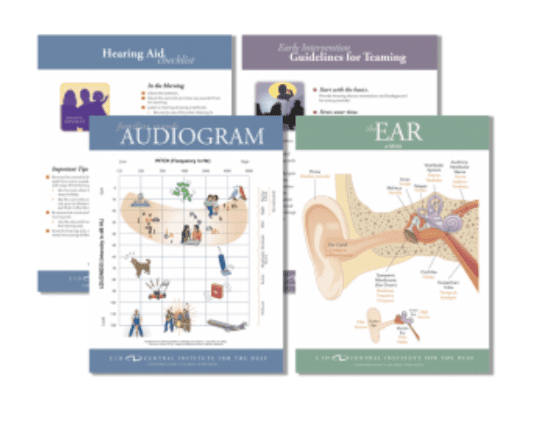Winter brings mixed emotions and varying levels of motivation for students and professionals alike. On one hand, it seems a fine time for hibernation-for getting back into the swing of school after break and maintaining skills. On the other hand, winter is a perfect time for exciting thematic learning. Syntax lessons can center on weather, winter clothes and the thrill of snow!
Below is a play-based snowball fight lesson I find exciting and motivating for my students, year after year. I use the TAGS – Teacher Assessment of Grammatical Structures rating forms to guide my planning and assessment. It starts with the five fundamentals of planning a syntax lesson.
- Determine present levels: Take a language sample to mark baseline data on the TAGS. A language sample will give you a snapshot of common errors specific to your student.
- Determine what’s typical: Consider what a child with typically developing language around the same age would say during this activity. How would he play? Use this information to guide expectations.
- Determine syntactic lesson objectives: Target emerging syntax structures, areas for growth and/or IEP goals.
- Determine activities: Consider age, interest and appropriate expectations.
- Determine expected outcomes: Think about your goal. Will you assess comprehension? Will the child require model and imitation? Will you prompt for language or expect spontaneous use of the target language?
Every winter, I adapt the same snowball fight lesson, altering the target language to fit my students’ needs. A fun activity to repeat, particularly when it snows and it’s easy to evaluate the carry-over of target language into more natural situations, such as centers and recess.
Snowball fight syntax lesson:
Materials: rolled up socks or crumpled paper
Language targets:
- verb-noun
- verb tenses (past, present and future)
- pronouns: (my, your)
- prepositions (to, under, over, through)
Activity: Snowball fight! Have your students take turns picking up a snowball and using language to talk about what they will do. Pause the play after the action so they can talk with each other about what just happened. Use the language targets below to practice and assess comprehension by following directions.
Sample language:
- throw/roll/kick the snowball; snowball under/on table; snowball over head; snowball through legs
- roll the snowball to me; throw the snowball to me; snowball over your head; snowball through my legs: roll the snowball under the table; throw the snowball over my head; roll the snowball through my legs
- I will kick the snowball under the table. I will throw the snowball over your head. I kicked the snowball under the table. I threw the snowball over your head. You threw the snowball through my legs.
For more information about how the TAGS can work in your classroom, check out the free online course, Getting Your Feet Wet With TAGS.
White, E. (2014). TAGS – Teacher Assessment of Grammatical Structures (2nd Ed.): Revision of 1983 curricula by J. Moog and Victoria Kozak-Robinson. Central Institute for the Deaf, St. Louis, MO.

Emily Humphrey was a parent educator at the Joanne Parrish Knight Family Center at CID – Central Institute for the Deaf. Ms. Humphrey received her master’s degree in deaf education through the Program in Audiology and Communications Sciences (PACS) at Washington University. Prior to working as a parent educator, she served as an early childhood classroom teacher at CID and also organized and contributed to CID’s blog for professionals.












